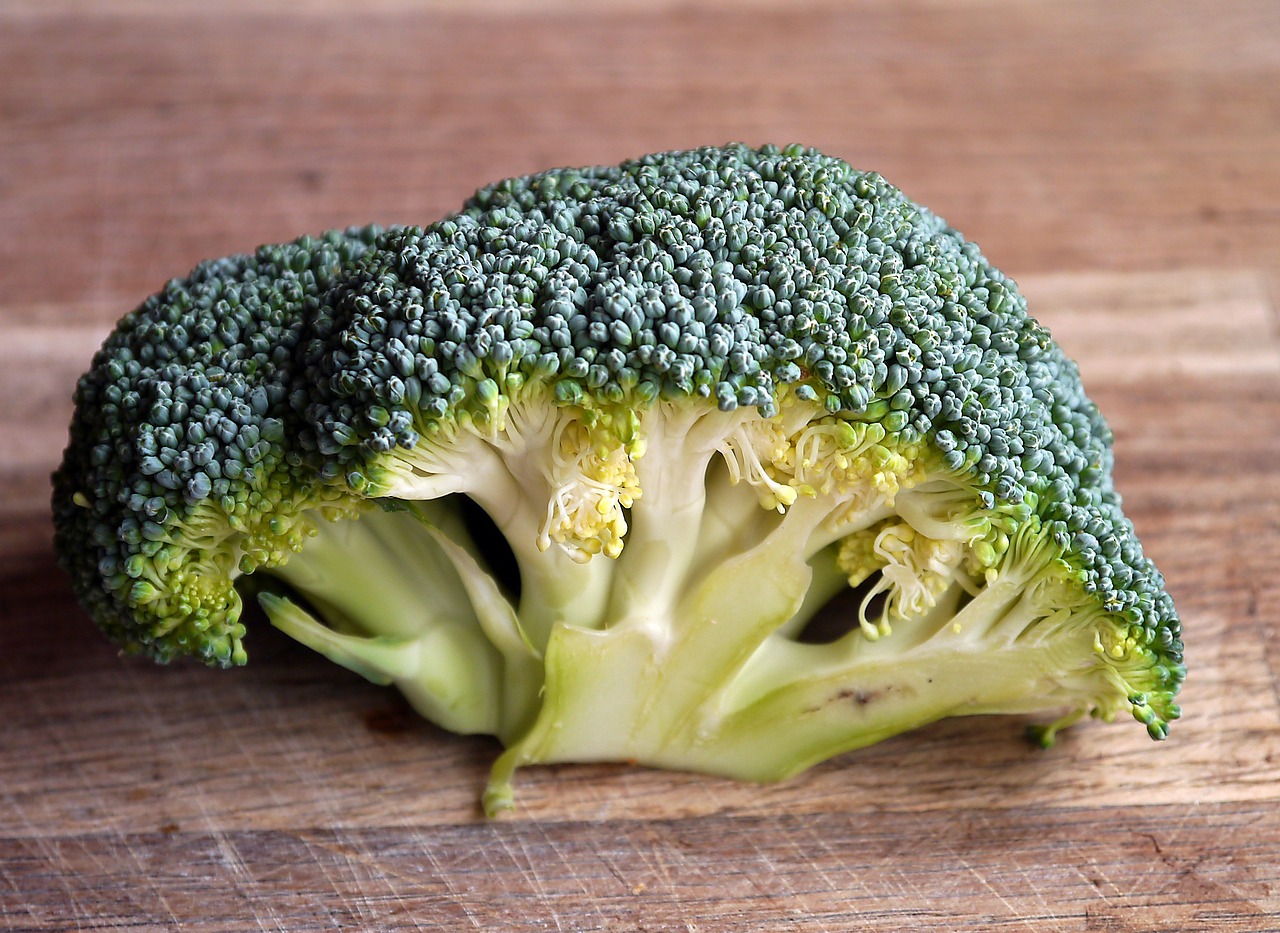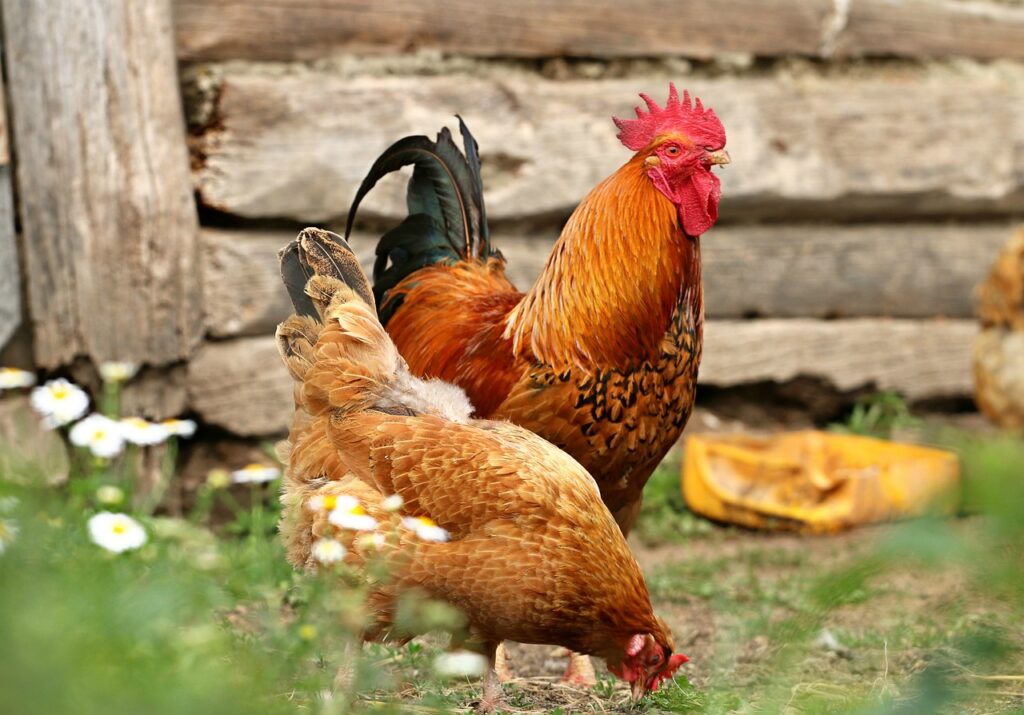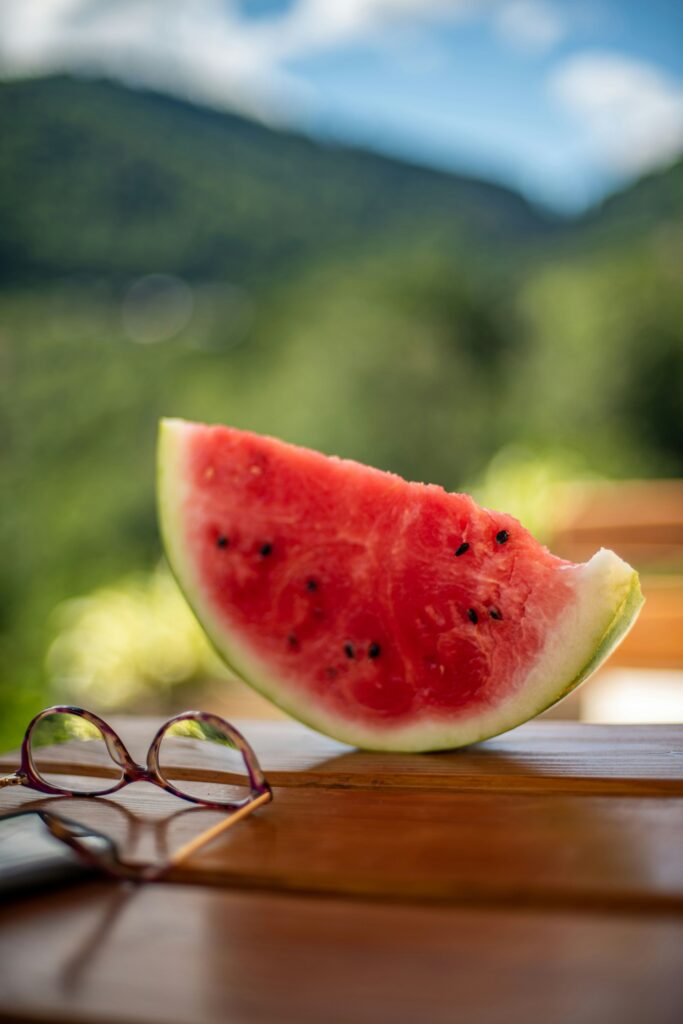
Man-made vegetables are a cornerstone of agricultural innovation, where human intervention has led to the creation of numerous vegetable varieties that we consume daily. The concept of “man-made” encompasses vegetables that have been selectively bred to enhance desirable traits such as flavor, size, and resilience to pests. From the carrots that are now standard in our kitchens to the various types of kale, each vegetable has been modified by humans over generations to meet specific needs. The process of domestication and selective breeding has transformed wild ancestors into the vegetables we know today.
The Science Behind Man-Made Fruits and Vegetables
The science of creating man-made fruits and vegetables involves complex techniques of breeding and genetic modification. Selective breeding, for instance, allows breeders to select plants with specific traits to reproduce, gradually enhancing these traits in future generations. This method has been used to cultivate everything from seedless watermelons to sweeter grapes. Genetic engineering techniques are also employed to create fruits and vegetables with desired characteristics that might not be possible through traditional breeding alone.
Exploring the Creation of Man-Made Broccoli
Broccoli, a well-known man-made vegetable, is a result of meticulous selective breeding of the wild cabbage (Brassica oleracea). By selecting specific traits over multiple generations, cultivators were able to create different varieties of vegetables from the same species, including kale, brussels sprouts, and collard greens. Broccoli itself was cultivated to have flavorful, large florets and a high nutrient content, making it a popular choice in many diets worldwide.
Carrots: A Journey from Wild Roots to Cultivated Staples
The carrot is a prime example of a vegetable that has been extensively man-made through selective breeding. Originally purple or white with a thin, forked root, the orange carrot we know today was developed to be sweeter and more palatable. This transformation involved selectively breeding the most desirable traits over generations, emphasizing characteristics like the vibrant orange color, which is rich in beta-carotene.
The Role of Genetic Modification in Man-Made Vegetables
Genetic modification has played a significant role in the development of man-made vegetables. By directly modifying the genetic structure of a plant, scientists can introduce new traits much more rapidly than through traditional breeding. This technology has been pivotal in developing varieties of vegetables that can withstand environmental stresses, pests, and diseases. For example, genetically modified tomatoes have been developed to resist certain viruses.
Distinguishing Between Naturally Occurring and Man-Made Oranges
Oranges, like many other citrus fruits, have been selectively bred to enhance their sweetness, juiciness, and color. The modern orange is a hybrid of the pomelo and the mandarin, meticulously bred over centuries to achieve its current form. This citrus fruit, rich in Vitamin C and other essential nutrients, is a perfect example of how selective breeding can create highly beneficial man-made fruits.
Bananas: Engineering the Perfect Fruit
Bananas, specifically the varieties that dominate the global market today, are essentially man-made hybrids derived from wild species Musa acuminata and Musa balbisiana. These fruits have been selectively bred to be seedless, making them more palatable and easier to eat. The process of creating the perfect banana involved selecting specimens with fewer seeds and breeding them over multiple generations to enhance these traits.
Key Examples of Man-Made Fruits
Examples of man-made fruits abound in every grocery store, from seedless grapes to hybrid apples. These fruits have been developed through both hybridization and genetic modification to meet consumer demands for flavor, longevity, and nutritional content. Each piece of fruit is a testament to the complex interplay of genetics, agriculture, and human needs.
The Development of Man-Made Vegetables: Techniques and Technologies
The development of man-made vegetables involves a range of techniques from traditional cross-breeding to advanced genetic engineering. This includes everything from simple selection practices to complex laboratory methods that alter genetic makeup. The aim is always to produce more resilient, nutritious, and flavorful vegetables that can thrive in diverse climatic conditions.
Seedless Wonders: Innovations in Man-Made Fruits
Seedless fruits like watermelons and grapes are particularly popular examples of man-made fruits. The creation of seedless varieties involves techniques such as hybridization and sometimes chemical treatments to induce sterility. This not only enhances the eating experience but also caters to consumer preferences, which increasingly favor convenience and quality in produce.
How Man-Made Watermelons Achieved Their Seedless Quality
Seedless watermelons are a marvel of selective breeding and occasionally involve genetic modifications. By cross-breeding a normal watermelon with one that has a genetic condition that causes sterility, breeders can produce a fruit that lacks the hard black seeds that many consumers find undesirable. This process has been refined over the years to produce the seedless watermel




